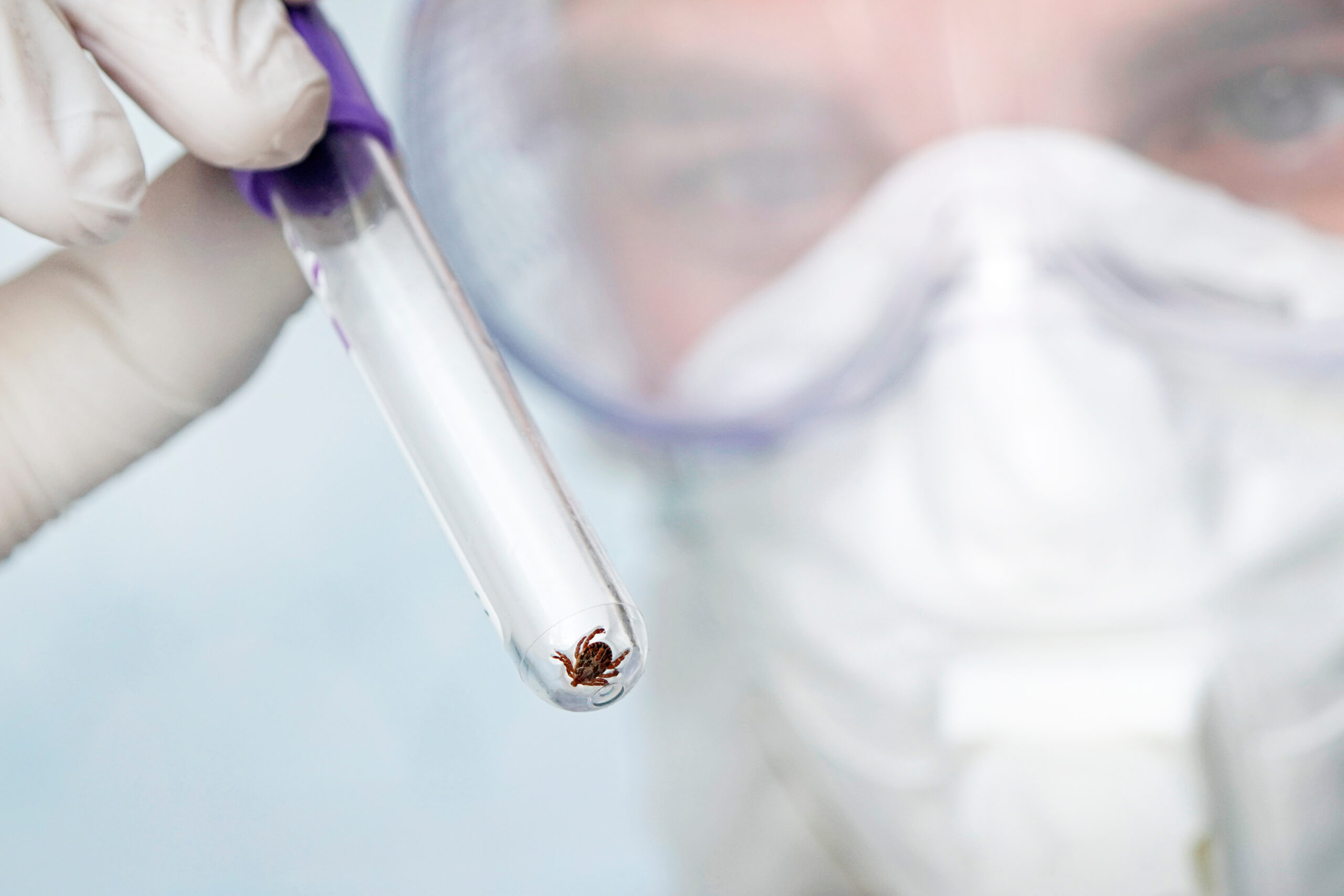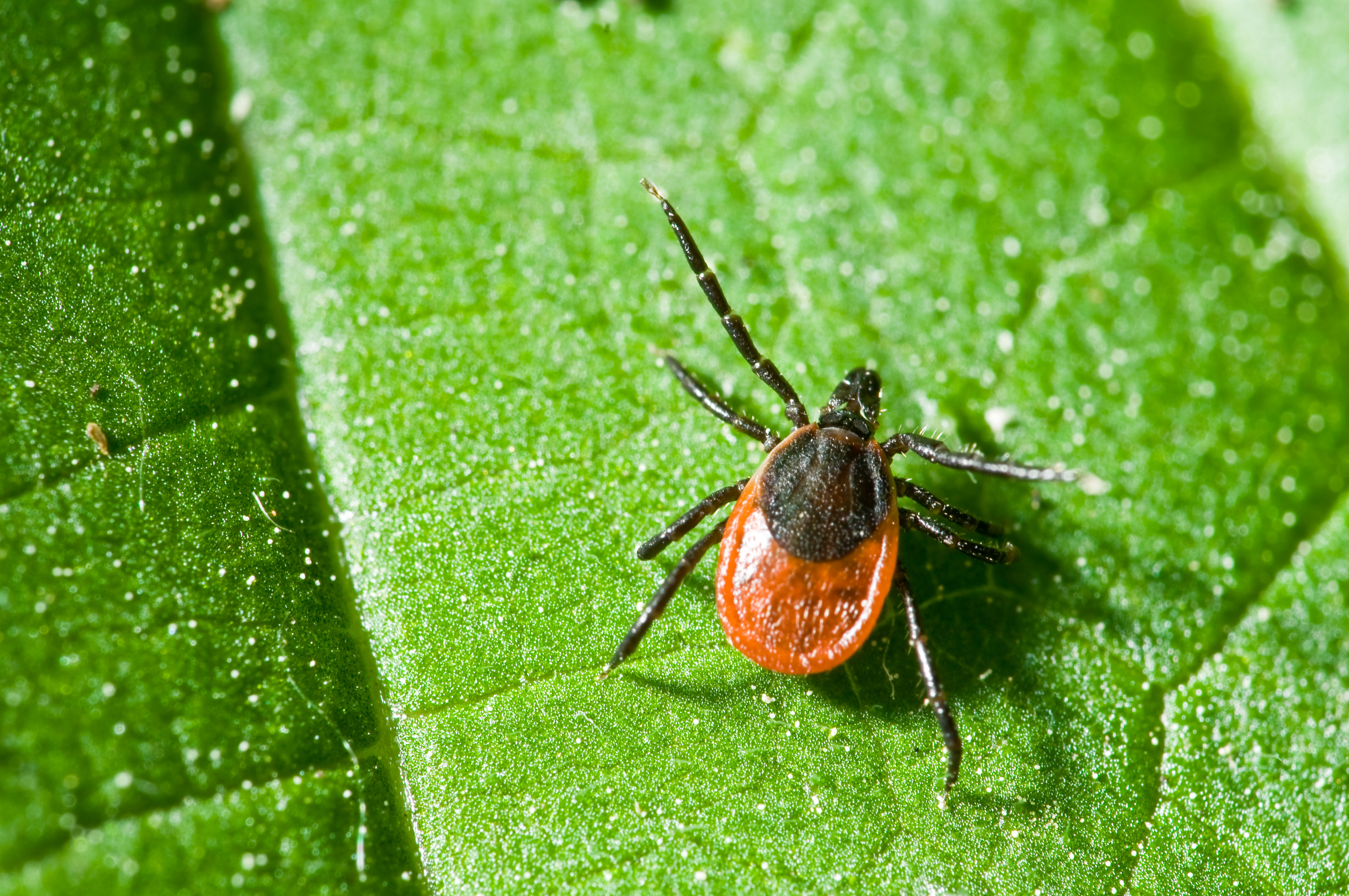Tick-born encephalopathy virus (TBEV) resurgence and increased diagnostic surveillance
Tick-born encephalopathy cases in Europe have increased exponentially over the last decade. As a result of the first confirmed TBE virus case reported in England, increased diagnostic surveillance has been introduced in high-risk areas of the United Kingdom. The Native Antigen Company now offers all three subtypes of the TBE NS1 protein: European, Far Eastern and Siberian, ideal for serological diagnostic products research and development.
The causative agent of Tick-born encephalopathy, TBEV, is transmitted by the bite of infected ticks. This virus from the Flaviviridae family occurs in three subtypes: European, transmitted by the Ixodes Ricinus; Far Eastern and Siberian, transmitted by I. persulcatus. The disease can present with fever, fatigue, headache, muscular ache and nausea and progress into meningitis or encephalitis, although most human TBE virus infections are non-symptomatic. TBEV subtypes are associated with different severity of the disease: ranging from approximately 10% likelihood of severe neurological symptoms and up to 2% mortality rate for the European TBE subtype, up to 3% mortality rate associated with the Siberian subtype and about 35% mortality rate in case of the far eastern subtype (ECDC, 2017).
The life cycle of ticks is heavily affected by seasonal variation and microclimate: ticks’ activity diminishes in the colder months and when the humidity level is too low. Favourable atmospheric conditions coupled with patterns of increased human contact with ticks result in the bimodal distribution of the disease cases peaking at the beginning of July and late September (Estrada-Peña & de la Fuente, 2014). Longer and warmer summer season and warmer winters, as a result of climate change, and an increased number of hosts, including small woodland mammals and unvaccinated humans, improves the ticks’ survival rate and enhances the spread of the TBEV (Gray et al., 2009).
Despite the prevalence of the disease and potentially severe consequences, the reported TBEV vaccine uptake varies significantly from country to country. Survey results showed that TBEV Vaccine coverage in 20 endemic European countries ranges from 21% in Slovakia to 69% in Lithuania, with an average of just 22% vaccine uptake (Pilz et al., 2023).
‘….. two-thirds of all infections remain asymptomatic; hence the actual prevalence of the disease is estimated to be much higher than reported (WHO, 2023)’
More and more countries report their first confirmed TBE disease cases, including the UK, in 2022. As a result, increased diagnostic surveillance has been introduced in parts of England where TBEV has been detected or suspected in the past (GOV.UK, 2023) Currently, no medications are available to treat TBE, so quick and reliable diagnosis is crucial to limit the spread of the disease. Widespread asymptomatic testing of the endangered populations is critical as approximately two-thirds of all infections remain asymptomatic; hence the actual prevalence of the disease is estimated to be much higher than reported (WHO, 2023).
As the world’s leading supplier of reagents that enables research into vaccines and diagnostics, The Native Antigen Company now offers all three subtypes of the TBEV non-structural protein NS1: European, Far Eastern and Siberian. Our highly purified, concentrated TBEV NS1 proteins are produced entirely from human cell lines ensuring the native folding state and posttranslational modifications, making them ideal for use in immunodiagnostic products. Follow the links to learn more about our TBEV N1 proteins collection:
- Tick-Borne Encephalitis Virus (Far Eastern) NS1 Protein: Tick-Borne Encephalitis Virus (Far Eastern) NS1 Protein – The Native Antigen Company
- Tick-Borne Encephalitis Virus (Siberian) NS1 Protein: Tick-Borne Encephalitis Virus (Siberian) NS1 Protein – The Native Antigen Company
- Tick-Borne Encephalitis Virus (European)NS1 Protein Tick-Borne Encephalitis Virus (European)NS1 Protein – The Native Antigen Company
TBEV NS1 can be used to detect anti-NS1 antibodies indicative of wild-type virus infection, and the protein itself is considered a diagnostic marker for the detection of TBE in vaccinated individuals (Girl et al., 2020).
The Native Antigen Company also offers a selection of Anti-Tick-borne Encephalitis Virus NS1 antibodies, suitable for research and NS1-antigen-capture assay development. Learn more here, or by clicking on the button below.

References
ECDC (2017) Factsheet about tick-borne encephalitis (TBE), European Centre for Disease Prevention and Control. Available at: https://www.ecdc.europa.eu/en/tick-borne-encephalitis/facts/factsheet (Accessed: 24 May 2023).
Estrada-Peña, A. and de la Fuente, J. (2014) ‘The ecology of ticks and epidemiology of tick-borne viral diseases’, Antiviral Research, 108, pp. 104–128. doi:10.1016/j.antiviral.2014.05.016.
Girl, P. et al. (2020) ‘Tick-borne encephalitis virus nonstructural protein 1 IGG enzyme-linked immunosorbent assay for differentiating infection versus vaccination antibody responses’, Journal of Clinical Microbiology, 58(4). doi:10.1128/jcm.01783-19.
Gray, J.S. et al. (2009) ‘Effects of climate change on ticks and tick-borne diseases in Europe’, Interdisciplinary Perspectives on Infectious Diseases, 2009, pp. 1–12. doi:10.1155/2009/593232.
Pilz, A., Erber, W. and Schmitt, H.-J. (2023) ‘Vaccine uptake in 20 countries in Europe 2020: Focus on tick-borne encephalitis (TBE)’, Ticks and Tick-borne Diseases, 14(1), p. 102059. doi:10.1016/j.ttbdis.2022.102059.
UK Health Security Agency (2023) Tick-borne encephalitis detection in England, GOV.UK. Available at: https://www.gov.uk/government/news/tick-borne-encephalitis-detection-in-england (Accessed: 24 May 2023).
Van Heuverswyn, J. et al. (2023) ‘Spatiotemporal spread of tick-borne encephalitis in the EU/EEA, 2012 to 2020’, Eurosurveillance, 28(11). doi:10.2807/1560-7917.es.2023.28.11.2200543.
WHO (2023) Tick-borne encephalitis, World Health Organization. Available at: https://www.who.int/health-topics/tick-borne-encephalitis/#tab=tab_2 (Accessed: 24 May 2023).



